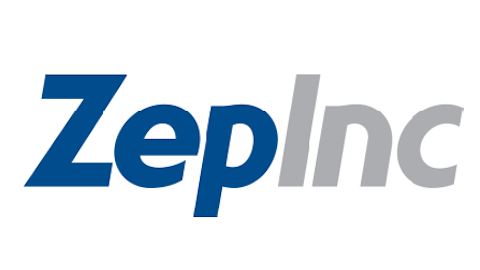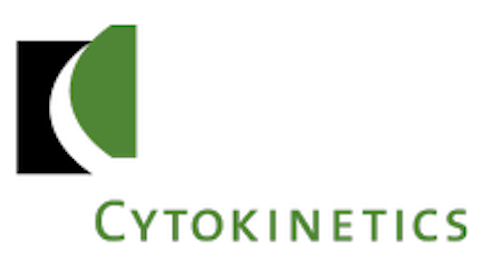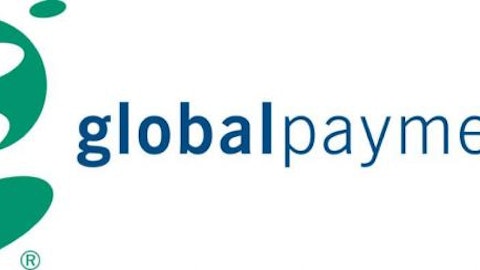There is continued demand for gasoline, jet fuels, diesel, heating oils. These products tend to lag oil prices and are more stable due to fixed refinery capacity, thereby supporting refining margins. Because of these drivers, our customers tell us their operating budgets that fund our services will remain intact or may even increase. To improve profitability, we continue to press forward on several operating initiatives that Jon will discuss and as our team knows, these are my top priority.
And now, I will turn it over to Jon, who will cover this company’s summary of financial results. Jon?
Jonathan H. Wolk, EVP, CFO, and Treasurer, MISTRAS Group, Inc.
Thank you, Sotirios. I will remind everyone that the remarks made during this conference call will include some forward-looking statements. The company’s actual results could differ materially from those projected. Some of the factors that could cause actual results to differ are discussed in the company’s most recent annual report on Form 10-K and in other reports filed with the SEC.
Also, the discussions during this conference call will include certain financial measures that were not prepared in accordance with U.S. GAAP. Reconciliations of those non-U.S. GAAP financial measures to the most directly comparable U.S. GAAP financial measures can be found in the company’s current report on Form 8-K filed yesterday. These reports are available on the company’s website in the investor section and on the SEC website.
First, I will summarize our second quarter financial results and first half cash flow and then I will comment on our initiatives to address our profit margins. Revenues for the second quarter of fiscal year 2015 were nearly $207 million, or 32% higher than in the prior year driven by 48% growth in our services segment, of which 22% was organic. These gains were offset in part by revenue declines in our international and products and systems segments of 5% and 13%, respectively.
Sotirios mentioned the drivers for the strong services performance. The international segment had a 5% organic decline driven by FX impact and by a tough prior year comp that included a large and profitable U.K. wind energy turbine project and a large product sale in Russia. Also impacting revenues adversely for international in the second quarter were a refocus in Germany upon more profitable projects and continued market challenges in Brazil.
The products and systems decline reflected a focus on more profitable opportunities as operating income was consistent with prior year despite the lower sales. Our second quarter gross profit grew by 23% over prior year at a revenue gain of 32%. Gross margins were 28.5% in the second quarter compared with 30.6% in the prior year.
Services gross margins rebounded to 27.5% from the reported Q1 levels, but were shy of the prior year’s 28.4% driven primarily by our continued strategic investment in the Canadian oil sands region and by some of the factors we discussed in our first quarter call. International gross margin fell by over 300 basis points to 27.6% due to lower product sales in the U.K. and Russia.
Operating expenses gained leverage, declining to 19.7% of revenues during the second quarter, down from 20.9% in the prior year second quarter. Operating expenses for the quarter increased by 25% on the 32% increase in revenue. The majority of the operating expense increase was driven by operating expenses of acquired companies.Operating income excluding acquisition related items improved to a new quarterly record of $17.8 million, 20% higher than prior year. Net income in the second quarter was $10.4 million or $0.35 per diluted share, both new quarterly records. Adjusted EBITDA in the second quarter was $28.6 million, another new quarterly record and 25% more than in the prior year.
MISTRAS generated $3.2 million of operating cash flow during the first half of fiscal year 2015 as compared with $15.6 million in the prior year’s first half. The $12 million adverse swing was driven by the timing of collections and receivables. To this end, December was an extremely good collections month and we will have a favorable comparison next quarter.





